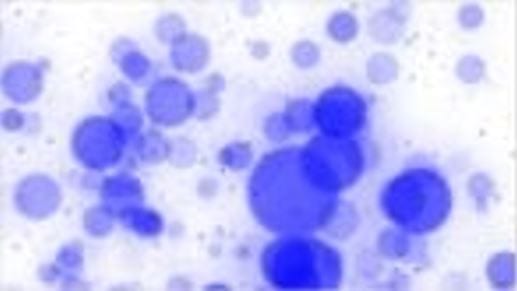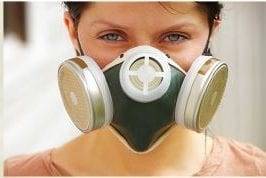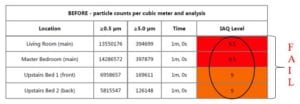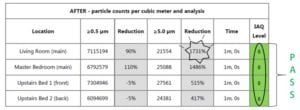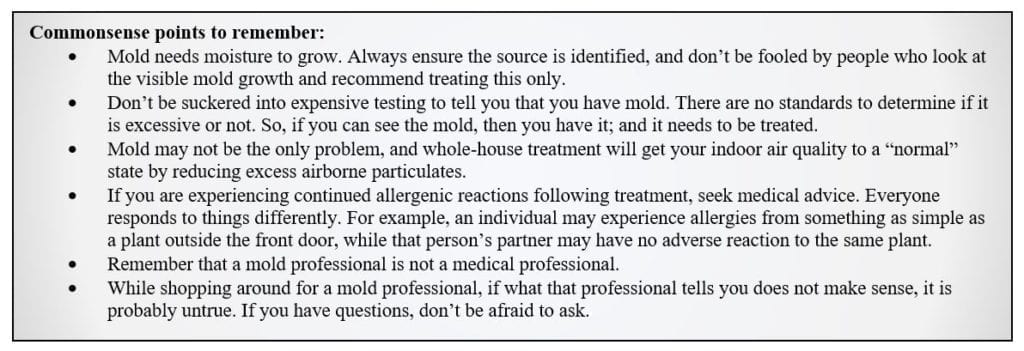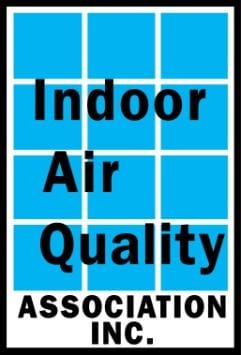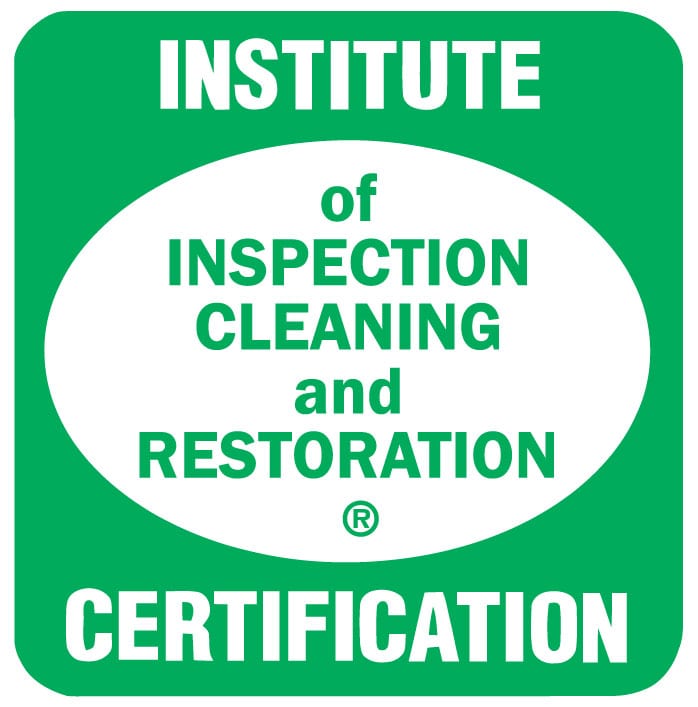
Indoor Air Quality (Particle) Testing
At Certified Indoor Air, we pride ourselves on the high-quality indoor air quality (IAQ) particle testing services we provide. Our Western Washington customers trust us for our thorough and affordable IAQ testing, which can yield same-day report results. Indoor air quality can have a big effect on your health. Studies show people spend anywhere from 65-90% of their time indoors, and indoor air can be 2 to 5 times more polluted than outdoor air. The young, elderly, chronically ill, and those with respiratory or cardiovascular disease are often the most impacted by poor indoor air quality.
(Ex.) Particles in air BEFORE treatment
(Ex.) Particles in air AFTER treatment
Below are just some of the more common culprits, discovered in homes and businesses, that could adversely affect indoor air quality:
- Asbestos
- Carbon Monoxide
- Fiberglass
- Formaldehyde
- Mercury
- Mold
- Pesticides
- Radon
- Tobacco Smoke
(NOTE: Certified Indoor Air does NOT test for/detect any of the above items except mold. Our IAQ testing is particle testing ONLY. Read below to learn more about mold species testing vs. particle testing.)
Do you feel like this at work or home?
So, what is particle testing?
Certified Indoor Air uses IAQ Analytics, which is a patented system designed to report on particulates in the air. This method does not determine mold species, as speciation is not valuable information because there are no standards for acceptable or unacceptable levels of mold(s). Instead, Certified’s technicians will take several particle count readings within your structure, which are then referenced to an International Standards Organization (ISO) standard and in coordination with the World Health Organization (WHO) because particles in the air have actually been given limits. The instruments used to collect the data have also been given an ISO standard for calibration, much the same as speed cameras have calibration standards that must be met to validate your vehicle’s speed.
Then, a comprehensive multi-page report is generated, complete with a chart determining a separate “pass” or “fail” air quality level for each of the reading locations tested by our technician. The chart examples below are real results from an actual job site: the first chart contains the readings (each is a “fail”) taken before we performed our treatment, and the second chart contains the readings (each is a “pass”) taken after our treatment.
*CLICK HERE to view more about the job referenced in charts above:
“Make the Invisible, Visible” (PDF)
Now, while our particle testing does not identify the species of mold (explained above), the test results can help our technicians determine whether or not you have a mold problem. The 5-micron sized particles are most relevant to mold; so when these particle count measurements come back elevated, then we know you have a mold problem. Our goal is to identify whether or not you have elevated counts; and if so, we can address this and bring your home back to normal with our fogging treatment. (For more on fogging, click on the “MOLD REMEDIATION” menu link at the top of your screen and then click on “The Fogging Process” towards the bottom of the new screen that appears.)
Preparing for IAQ Testing
If you’ve scheduled us for an IAQ test at your property, there are some things you need to know in preparation. Read through “IAQ Customer Information” (PDF) by *CLICKING HERE.
For more details on information discussed above and why you should improve your indoor air quality, visit this website. To get your air tested, call us directly at (360) 754-6087 or email us at admin@certifiedindoor.com.
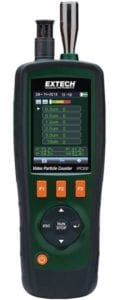
Extech VPC300
(handheld particle counter used by our techs)
